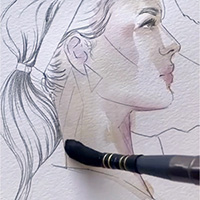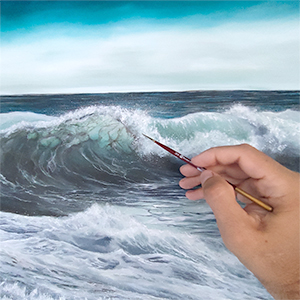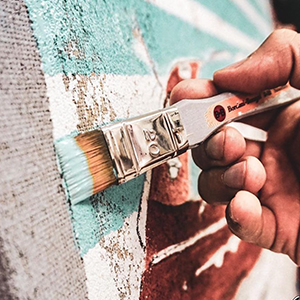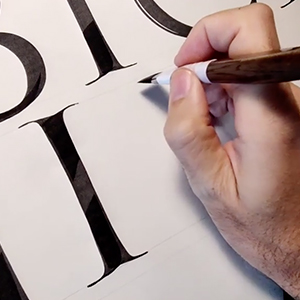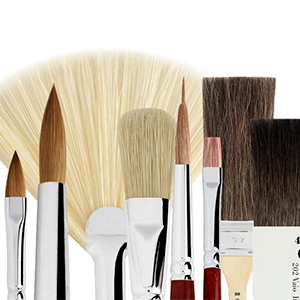Three tips to know to improve watercolour painting
The tools we use, in addition to practice and study, are fundamental for the improvement of a technique.
The example is this: "What would a Formula 1 driver do if he had a limited performance car?" The painter must consider the brushes and colours he chooses according to the level of his technique and his desire for improvement, and not only if he is a professional! Here you can find some tips to improve our performance: To maintain the best softness and flexibility of the fibres recommended for watercolour, it would be optimal to use them only for this technique and for tempera or gouache. These types of colours are always reversible in water and with a quick wash with running water and vegetable soap will return as new.
The optimal drying position is always with the tip facing upwards. Natural fibre brushes and special synthetic brushes with hollow fibre have a gradual release of water that allows uniform and homogeneous colour stretches, suitable for backgrounds and details, avoiding an excessive water release on the watercolour painting that can cause uneven edges in colour.
The tank, that is, the amount of colour that the brush fibre retains, will be as greater as fuller the fibre is, this will give the artist the possibility of wide stretches. The choice of the brush shape is fundamental: flat tips are often chosen for large stretches and round ones are for details.
The round tips allow to have strokes ranging from ultra-thin when used in a vertical position to wide crosshairs if you exert pressure, and even a very large brush can paint thin lines.
Above all, they keep the stroke lighter, avoiding scratching wet paper which is more breakable.


















